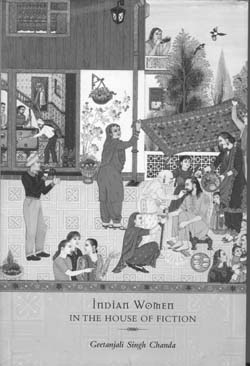The word ‘home’, Geetanjali Singh Chanda reminds us, invokes a series of associations. We may describe our place of residence in physical terms, offering details of actual space demarcations. ‘Home’ also brings to mind deeper emotional resonances. For some, ‘the house is a site of nostalgia allowing a return to childhood’ (p. 27), while for others it is the ‘natal’ home and becomes a training ground for cultural continuity (p. 27). As Chanda points out, women especially have had to face the pain and ‘consequences of no-return or eviction from home’ due to acts of subversion or transgression. The notion of place can be further extended beyond the residential home to encompass the larger geographic space of the nation state. From a feminist perspective, there are also ‘alternate homes that serve as a blueprint for houses of desire’ (p. 292). Chanda’s intention in Indian Women in the House of Fiction is to explore how the trope of the ‘house’ acts more than just a background in Indian writing in English by women writers. Rather, the ‘house’ bears witness, and is in many ways responsible for the changes in the lives of its women protagonists (p. vi).
Chanda engages in an intensive academic exercise to explore the ‘ negotiation of women and the kinds of homes they wish to inhabit’, and to demonstrate how ‘ both the Indianness and the womanhood constructed in and by this fiction are informed by place’.
The chapter schema of the book is structured so as to offer a detailed description on how the architectural and social spaces of havelis, bungalows, and apartments ‘impose their own unique patterns of women’s relationships’ (p. vii). Chanda offers a detailed chapter-wise discussion on how changes in styles of dwelling contribute to significant moments of transition of the protagonists’ lives, particularly bringing negotiations of conflicts of modernity and westernization. In terms of gender, Chanda demonstrates how we can consider tradition and modernity in a dialectical relationship instead of a dichotomous relationship (p. 27).

